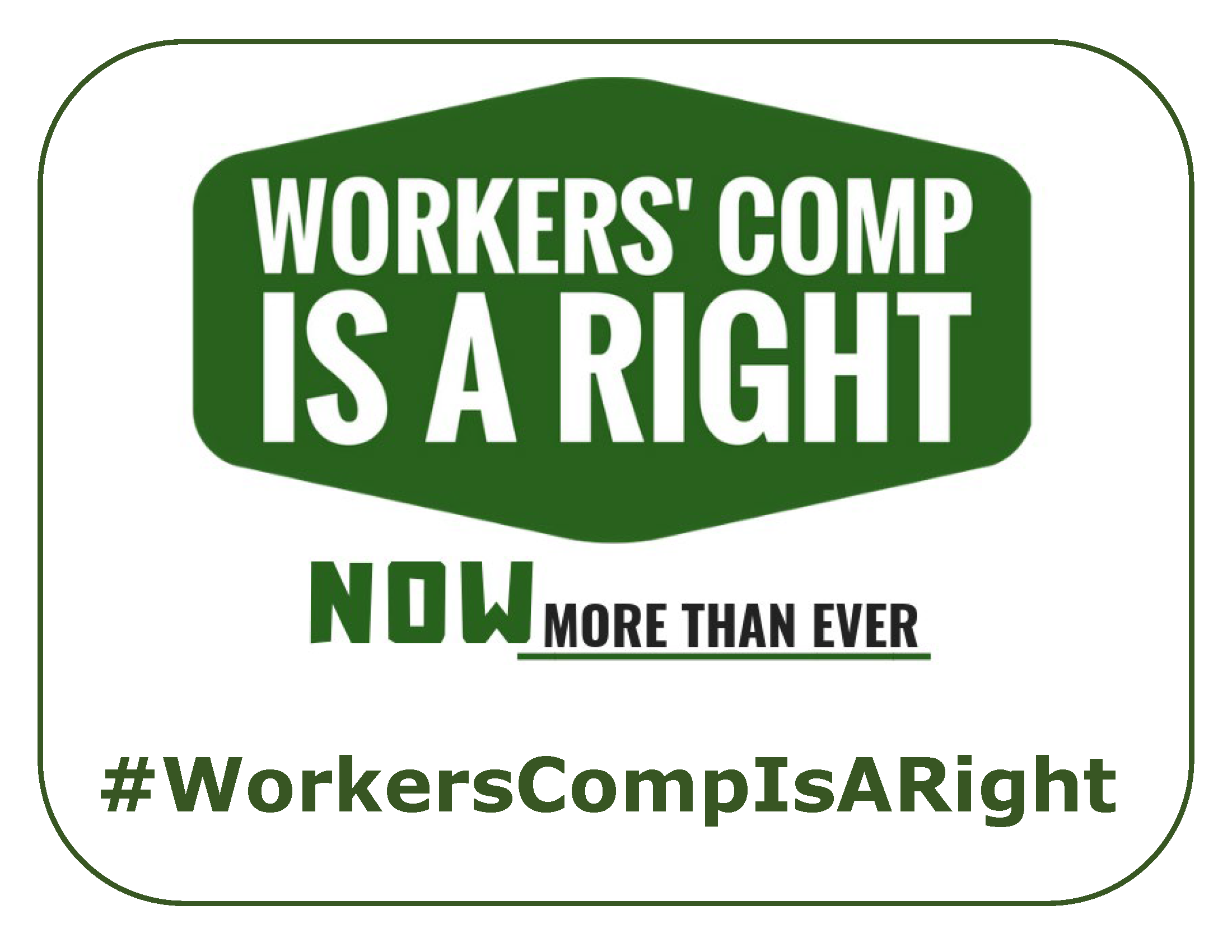Appealing Decisions to the Court of Appeal for Ontario
I have created this section of the website to tell my story of my interactions with the Ontario Court of Appeal in my various appeals to the Court of Apppeal for Ontario.For simplicity, I have created a submenu with separate webpages above for each event when I attended the Court of Appeal for Ontario.
The Court of Appeal for Ontario is the highest Court in Ontario. Any decisions of the Court of Appeal apply to all lower courts, boards, tribunals, and commissions. The Court of Appeal for Ontario generally hears appeals by a panel of three judges. However, in some cases an appeal can be heard by five judges. There are two types of an appeal to be brought to the court of appeal those that are by right and those where they were granted by the Court of Appeal itself.
The first, is a right of appeal. In these cases, an individual has a right of an appeal from decision of a single sitting judge of the Superior Court.
The second, appeal is for all other decisions of lower courts, boards, tribunals, and commissions. These must first be appealed to the Divisional Court. Then after receiving a decision from the Divisional Court a party can appeal the decision of the Divisional Court to the Court of Appeal. However, before they can appeal the Divisional Court’s decision, they must first seek leave, or permission of the Court of Appeal.
The Divisional Court is the appellate branch of the Superior Court that hears appeals from all other decisions of lower courts, boards, tribunals, and commissions. I explain the different types of courts within the Superior Court here https://fightwcb.org/Mystoryontariocourt.html
Appealing Decisions to the Court of Appeal
To appeal the two types of decisions to the Court of Appeal is a simple process depending on the type of appeal.
Granted Appeals
For these type of appeals you first must seek leave, or permission of the Court of Appeal. Then if you are granted leave or permission by the Court of Appeal then you can file an appeal.
To seek leave or permission you need to file a motion to the Court of Appeal. Ina additional to filing a motion you will need to file your written arguments, or factum. Also, you will need to file your supporting documents or motion record.
Once you have filed your arguments or factum and motion record, the responding party will then file their response. Afterwards you can then file a reply to the responding party’s response.
Motions for leave, or permission to appeal are generally heard in writing. This means the court relies solely on your written arguments, or factums. Rarely, the court may ask for oral submissions, if so, the court will notify you in advance.
If your leave, or request to appeal is granted by the Court of Appeal, then you will be required to file a Notice of Appeal to the Court of Appeal. After which, you will be required to file your legal arguments, or factum in support of your appeal along with your supporting documents, or appeal book.
It is important to review the Rules of Civil Procedure on what is required including time limes for filling appeals and motions for leave. Rule 61 to 63 are the rules that apply to appeals within the rules and can be found by clicking here.
Also, as you will be making a motion also review Rule 37 and can be found by clicking here.
Appeals by Right
For these type of appeals all you have to do is file a Notice of appeal. There is no requirement for seeking leave, or permission to appeal. After which, you will be required to file your legal arguments, or factum in support of your appeal along with your supporting documents, or appeal book.
It is important to review the Rules of Civil procedure on what is required including time limes for filling appeals and motions for leave. Rule 61 to 63 are the rules that apply to appeals within the rules and can be found by clicking here.
Court of Appeal for Ontario Practice Directions, Rules, and Forms
In addition to knowing the Rules of Civil procedure you need to know the Court of Appeal's own rules and practices. They provide more detailed specific information for filing leaves and notice s of appeal. The information is broken down into the type of appeal you have whether it is a civil appeal, criminal appeal, and also provides information during the pandemic.
To learn more about the Court of Appeals rules or procedures click here.
After the Court of Appeal for Ontario
If I or the WSIAT do not agree with the Decision of the Court of Appeal we can appeal the Court of Appeal for Ontario’s Decision to the Supreme Court of Canada. I have made several attempts to appeal decision to the Supreme Court of Canada.
To learn more about the Appeal process and my attempts to the Supreme Court of Canada click here.

